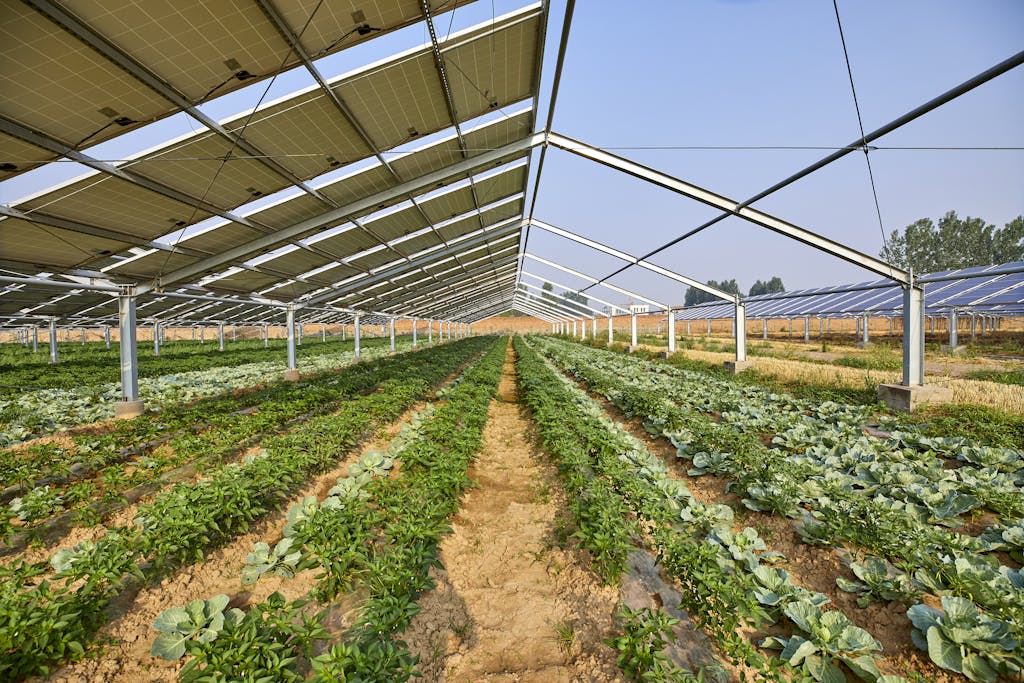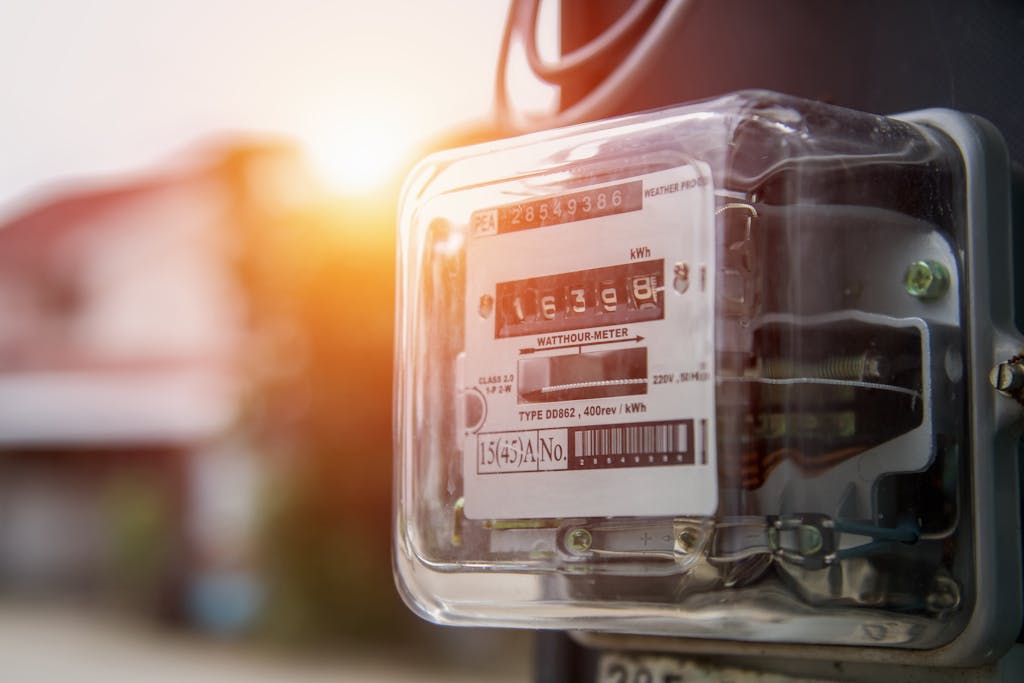As a farmer or rancher, you’re quick to notice when energy costs rise.
Operating a farm requires intensive energy inputs, so your budget can take a hefty hit when electricity prices soar.
You also pay closer attention to seasonal patterns and weather trends than anyone else.
The last few summers have seen record heat and droughts across the West, which is hard on livestock, poultry, and energy bills.
These factors combined make solar energy an excellent option.
With solar power grants for farms, it also becomes a feasible one.
Why Should You Go Solar with Grants for Farmers?

By going solar, you gain several advantages.
The best solar panels are highly efficient at converting the sun’s energy into electricity.
With the right system, you could see your electricity bills drop dramatically instead of rising as they have been over the past several years.
You also put money in your pocket with the opportunity to gain credit, which can pad your bottom line.

How does it work?
When excess power produced by your solar panels flows into the utility grid through the electric meter, it causes your meter to run backward, giving you credit (AKA net metering).
Lastly, with the cost of natural gas also going up, switching to solar may be the more cost-effective choice over the long term, particularly since solar energy grants are available for agriculture.
Are Solar Power Grants for Farms Available?

The US Department of Agriculture’s Rural Business-Cooperative Service provides grants and loans through its Rural Energy for America Program (REAP).
Two types of financial assistance are available through this program:
- Farmers and rural business owners interested in making energy efficiency upgrades or adopting renewable energy.
- Service providers who conduct energy audits and help farmers and small businesses with renewable energy planning and development.
REAP grants are open to farmers who want to install new solar energy systems for farming operations.
The financial support covers up to 25% of the total cost of the system.
Guaranteed loans are also available for up to 80% of installation costs.
Though this assistance doesn’t cover the entire cost of a solar installation, tax benefits are available at the federal and state levels that can help offset the financial burden.
How Do You Apply for REAP’s Solar Power Grants for Farms?

To be eligible, you must receive at least 50% of your annual income from agricultural operations.
But first, if you want to apply for a grant, you must speak with your state’s Rural Development Energy Coordinator.
Grants are competitive, so it may be helpful to talk with professional grant-writers who have experience with REAP grants.
Note: You have some time.
The deadline to apply for fiscal year 2021 grants is March 31, 2022.
Gain Energy Independence and Peace of Mind

At Unbound Solar®, we’re committed to helping farmers and ranchers access clean, renewable solar energy.
With the REAP solar energy grants for agriculture, solar power is not only accessible but a smart investment for your business.
Solar can produce a valuable ROI, lead to more predictable and stable energy costs, and establish your business as a leader in green energy.
If you want to learn more about our products or services, we’d love to talk with you.



